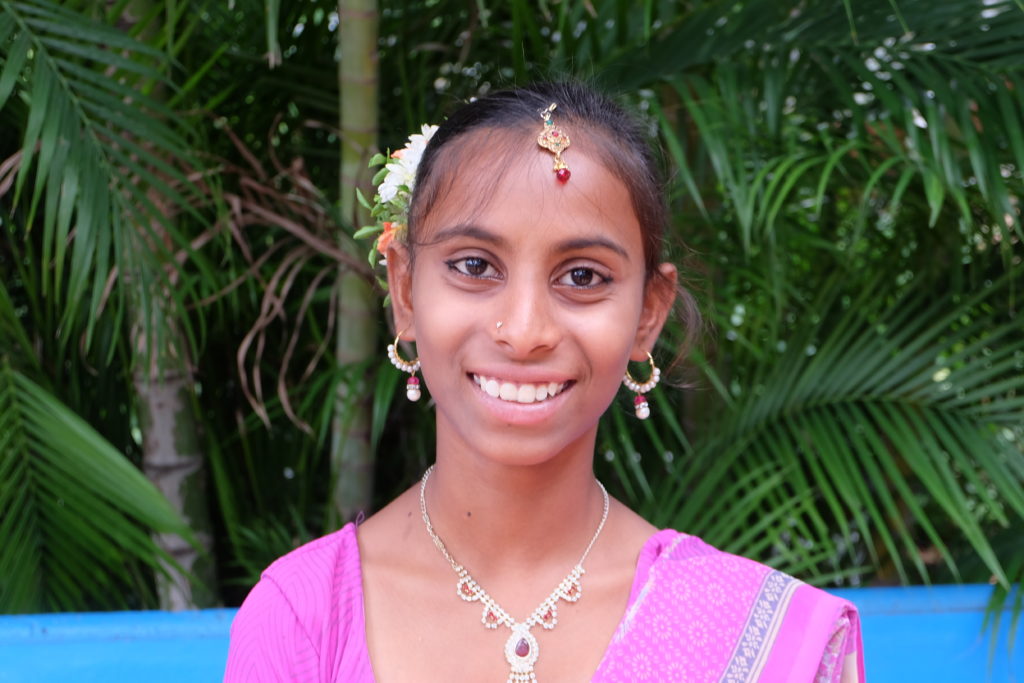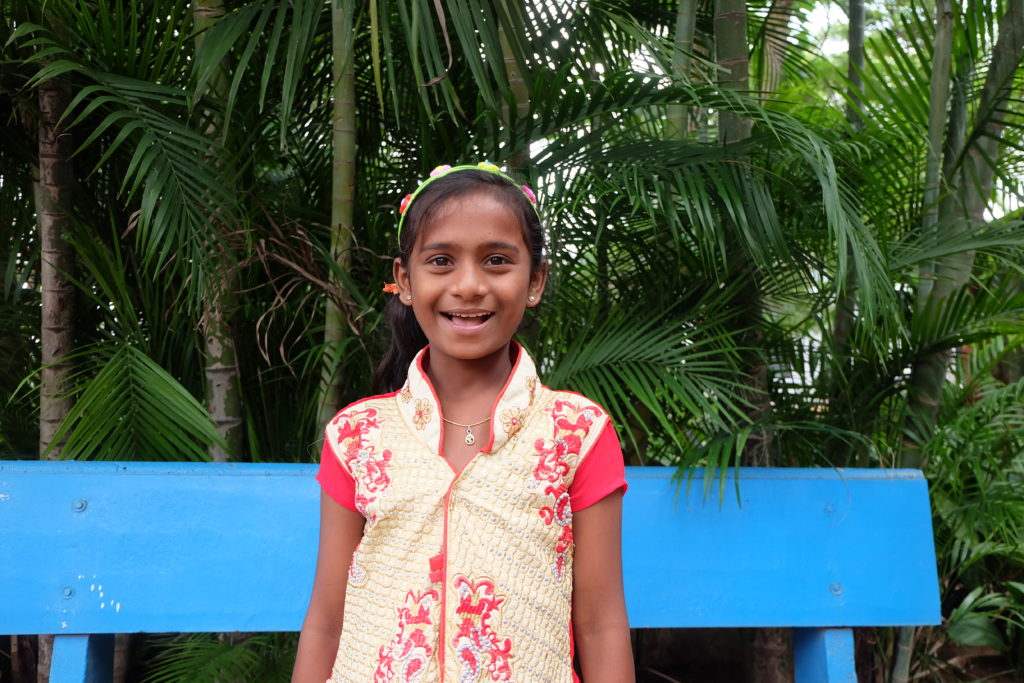Our Affiliated Project: The St. Mary’s Girls’ Hostel in Khamman, Telangana, India
From the snowcapped Himalayans to tropical beaches, India is truly a nation of contrasts. It boasts a rich history spanning tens of thousands of years. In fact, the earliest known civilization in South Asia once called India’s fertile Indus Valley home. Today, with the world’s second-largest population, India includes a staggering variety of ethnicities, languages, religions and cultures. Its wealth of natural resources and vibrant cultures, however, belie the abject poverty in which so many of India’s citizens live.
The small city of Khamman, located in the southeastern, rice-growing Indian state of Telangana, is no exception to these maladies. Field laborers who plant and harvest rice here earn so little that they live in a continuous state of economic struggle. When the rice crop fails — as it often does during periods of drought or flooding — the situation becomes dire for workers and their families. Even in the best of times, poverty, malnutrition and lack of education are tragic realities for so many children in this region. This is especially true for girls, who essentially begin life at a disadvantage in India, with markedly lower literacy rates and socioeconomic status than their male counterparts. For this reason, the Church of South India opened the St. Mary’s Girls’ Hostel boarding school in 1980 to address the poverty facing many of the families in this community. The hostel serves as a safe haven where these deserving young women receive the opportunity to reach for a better future.



Involving Parents in Education in India
Our Founder’s Father, Honored in India